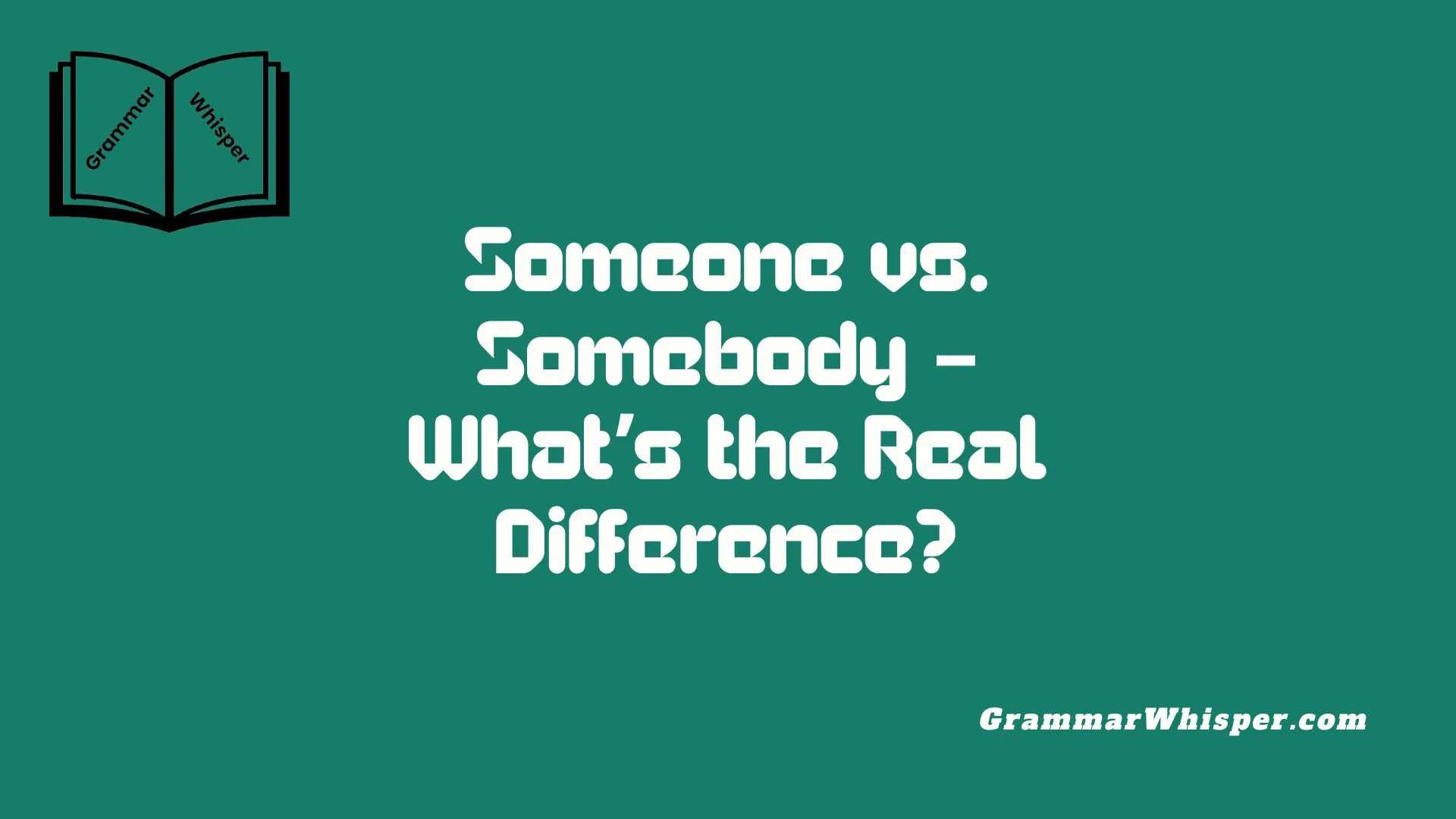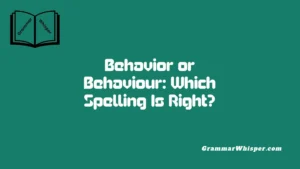The English language is filled with useful expressions that enhance the flow, clarity, and structure of written ideas. One of those is after which, a phrase that may seem overly formal or even stiff at first glance, but serves as a precise, powerful tool for effective writing. Many writers, including myself, have struggled with transitions, unsure how to create seamless logical links. That changed when I began to understand the practical meaning, structure, and nuance this phrase offers. It allows you to connect clauses cleanly, leading readers naturally from one idea to the next. Whether you’re drafting an academic paper or crafting a compelling blog post, using “after which” brings both professionalism and polish.
In this article, we‘ll explore how it’s best used, where it fits smoothly, and why it helps avoid the common pitfalls tied to similar phrases. Think of it as a grammatical bridge – clean and deliberate, never clunky. It works beautifully whether you’re writing a professional email, editing a quick post, or refining a larger project. This mini guide will help you use “after which” like a pro, elevating not just your sentence structure but also your tone. It offers cohesion, supports stylistic formality, and enhances the overall clarity of any sentence. From academic work to creative copy, it’s a connective thread worth mastering.
Introduction to “After Which”
“After which” is a relative phrase used to link actions or events in a sentence. It is common in academic, legal, business, and formal writing. Unlike simple connectors such as “then” or “afterwards,” “after which” offers a more sophisticated, polished way to tie one event to another.
“He gave a compelling presentation, after which the investors approved funding.”
In this example, “after which” helps structure the sentence without losing its natural rhythm or clarity.
Why is this phrase still relevant in 2025? Because it balances clarity with formality, allowing writers to sound informed, organized, and professional.
Grammatical Structure of “After Which”
Understanding its grammar is key to using “after which” effectively. It’s a relative adverbial phrase, made up of:
- After (preposition indicating time)
- Which (relative pronoun referring to a noun in the previous clause)
It often follows a comma and introduces a dependent clause that explains what happened next.
Structure Pattern:
[Main clause], after which + [dependent clause]
Examples:
- “She sent the report, after which the meeting was scheduled.”
“The experiment concluded, after which data analysis began.”
Grammar Table:
| Component | Function | Example |
| After | Time preposition | “After lunch, we left.” |
| Which | Relative pronoun | “The test, which was hard, is over.” |
| After Which | Relative adverbial phrase | “He signed the deal, after which we clapped.” |
Use a comma before “after which” because it introduces a dependent clause that adds detail to the main clause.
How to Use “After Which” in a Sentence
“After which” connects two events in chronological order, especially when formality is required.
Uses:
- Linking cause-effect situations
- Describing transitions in process
- Sequencing actions in reports or narratives
Examples in Context:
- Business: “He finalized the design, after which it was sent to production.”
- Academia: “The hypothesis was proven, after which the paper was published.”
- Narrative: “The sun set, after which the forest turned pitch dark.”
In each case, “after which” prevents a choppy sentence split and keeps the flow smooth.
Tip: Don’t use it to start a sentence. It should always follow a clear antecedent (i.e., a noun or event that “which” refers to).
Real Examples of “After Which” in Action
Formal writing uses “after which” to maintain clarity while maintaining a sophisticated tone.
Academic Example:
“The patients were administered the vaccine, after which they were observed for 24 hours.”
Legal Example:
“The land dispute was settled in court, after which the title was transferred.”
Business Example:
“The proposal was approved, after which hiring began.”
Literary Example:
“He disappeared into the crowd, after which the night swallowed all traces.”
In these examples, you can see the chronological connection without repetition or awkward phrasing.
Using “After Which” to Link Sequential Events
“After which” is ideal when describing timelines or procedural steps.
Scenario: Project Reporting
“The development phase concluded, after which QA testing commenced.”
Here, it signals a smooth transition from one project stage to another.
Benefits:
- Prevents sentence fragmentation
- Sounds natural and refined
- Adds clarity to sequences
Best Practice: Always ensure that “which” clearly refers to a specific noun or event.
“After Which” vs. “After That” vs. “Afterwards”
These phrases may seem interchangeable but differ in formality and grammar.
Comparison Table:
| Phrase | Tone | Usage | Formality Level |
| After Which | Precise | Used in complex sentences | High |
| After That | Conversational | Used in storytelling or notes | Medium |
| Afterwards | Casual | Used in quick transitions | Low |
Example Rewrite:
- Original: “He resigned, after which she took over.”
- Informal: “He resigned, and after that she took over.”
- Casual: “He resigned. Afterwards, she took over.”
Summary: Use “after which” when you want a tight, refined tone, especially in formal or professional writing.
Common Mistakes and Confusions
1. Dangling Antecedents
Incorrect: “She completed the form, after which was reviewed.” Correct: “She completed the form, after which it was reviewed.”
2. Ambiguous Referents Always ensure it’s clear what “which” refers to. Ambiguity weakens your sentence.
3. Overuse in Informal Writing In blog posts or casual dialogue, using “after which” too frequently can sound stiff.
4. Missing Comma
Incorrect: “The client agreed after which we sent the invoice.” Correct: “The client agreed, after which we sent the invoice.”
Role of “After Which” in Naming and Origin Contexts
“After which” is also used in historical or descriptive writing to explain how something got its name or origin.
Example:
“The Treaty of Versailles was signed, after which the conference hall was renamed.”
Use Case: Historical Context
- Naming of places
- Timeline of events
- Legacy descriptions
Alternative Phrases and Synonyms for “After Which”
Sometimes, variety is important. Here are some synonyms that serve a similar purpose:
Synonym List:
- Then
- Thereafter
- Following that
- Subsequently
- In the aftermath
Synonym Table:
| Phrase | Formality | Use Case |
| Then | Low | Casual storytelling |
| Thereafter | High | Legal, academic |
| Subsequently | Medium | Reports, summaries |
| Following that | Medium | Narratives, meetings |
| In the aftermath | High | Emotional or dramatic settings |
Each synonym has its tone and place. Choose one that fits your audience.
Tips to Write Naturally with “After Which”
- Avoid redundancy (don’t pair with “and then”)
- Keep antecedents clear
- Use only when the timeline must be formalized
Polishing Checklist:
- ☑ Comma before “after which”
- ☑ Clear referent for “which”
- ☑ No repetition of actions already stated
- ☑ No unnecessary complexity
Pro Tip: Read your sentence aloud. Does it flow? Does it sound like something you’d say in a professional setting?
Summary: Should You Use “After Which” in Your Writing?
Yes, absolutely – if you want to elevate the tone, clarify sequence, and enhance sentence rhythm.
Use it when:
- Writing formal reports
- Describing chronological events
- Summarizing professional outcomes
Avoid it when:
- Writing casual content
- Speaking informally
- You can’t define a clear antecedent
Conclusion
“After which” is a highly functional and elegant phrase. It offers precision in explaining what happens next and is perfect for formal writing. With a bit of attention to grammar and tone, it can become one of your go-to tools for better, more polished sentences.
So next time you write, pause before using “then” or “afterwards.” Ask yourself: would “after which” serve you better?
Mastering language nuance is about making small choices with big impact. And “after which” is one of those choices.
FAQs
Can I start a sentence with “After which”?
No, it must follow a main clause.
Is “after which” outdated?
Not at all. It’s common in academic, legal, and formal writing even in 2025.
Can “after which” refer to a person?
Technically yes, but it’s more often used with events or objects. For people, it’s clearer to rephrase.











